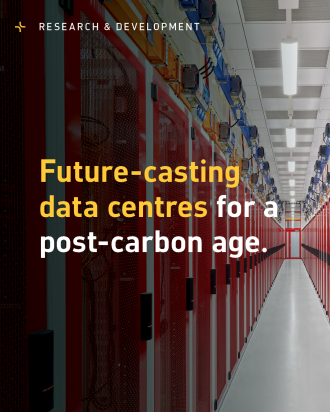
Future-casting data centres for a post-carbon age
With demands projected to double by 2030 and power use already rivalling that of small cities,1 the challenge for DC developers is no longer just one of technical capacity, but of resilience, sustainability, and speed.




































































